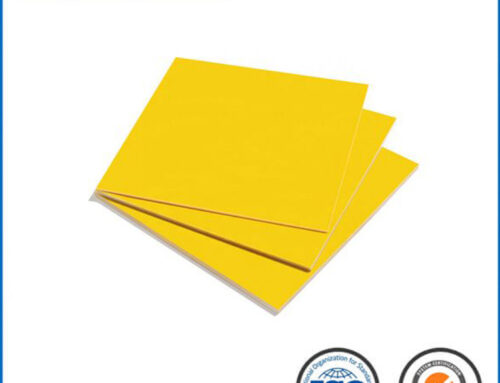G10, renowned for its structural integrity and versatility, is a high-performance material widely used in construction applications. In this article, we delve into the intricacies of G10 construction, uncovering the unique characteristics that make it an exceptional choice for various structural endeavors. From its composition to applications in demanding environments, G10 stands as a testament to the advancement of materials in modern construction practices.
1. Composition of G10: The Building Blocks of Excellence
Layered Laminate Structure:
G10 is a composite material featuring a layered laminate structure.
The layers consist of woven fiberglass fabric impregnated with epoxy resin, creating a sturdy and resilient composite.
Epoxy Resin Matrix:
The epoxy resin matrix in G10 provides adhesion, strength, and resistance to environmental factors.
This combination of fiberglass reinforcement and epoxy resin results in a material with exceptional mechanical and thermal properties.
2. Structural Excellence: Unraveling Strength and Rigidity
High Tensile Strength:
G10 exhibits high tensile strength, making it resilient against forces that may cause stretching or elongation.
This property is crucial in construction applications where materials must withstand various loads.
Rigidity and Dimensional Stability:
The rigidity of G10 ensures that it maintains its shape under applied forces.
Dimensional stability is vital for structural components, preventing warping or distortion over time.
3. Applications in Construction: From Components to Infrastructure
Structural Components:
G10 is utilized in the construction of various structural components, such as beams, panels, and supports.
Its strength-to-weight ratio makes it an ideal choice for components requiring both durability and efficiency.
Infrastructure Projects:
In infrastructure projects, G10 contributes to the development of bridges, walkways, and platforms.
Its corrosion resistance and durability make it suitable for withstanding environmental challenges.
4. Corrosion Resistance: Endurance in Challenging Environments
Chemical and Corrosion Resistance:
G10’s composition imparts excellent resistance to chemicals and corrosion.
This resistance is particularly valuable in construction projects where exposure to harsh environments is a concern.
Marine Applications:
G10’s resistance to saltwater and corrosion makes it a preferred material in marine construction.
It is often used in the fabrication of boat components, ship structures, and marine infrastructure.
5. Thermal Performance: Adapting to Temperature Variations
Thermal Stability:
G10 exhibits thermal stability, allowing it to withstand a range of temperatures without compromising its structural integrity.
This property is beneficial in construction applications exposed to diverse climatic conditions.
Fire Resistance:
G10’s fire-resistant properties contribute to its suitability in construction projects where adherence to safety standards is essential.
It adds an extra layer of protection in applications where fire resistance is a critical requirement.
Conclusion: G10 Construction – Building the Future with Excellence
As G10 construction is unveiled, its structural excellence and versatile applications become apparent. From providing the backbone of structural components to contributing to resilient infrastructure, G10 stands as a key player in modern construction practices. Its unique combination of strength, rigidity, corrosion resistance, and thermal stability positions G10 as a material that not only meets but exceeds the demands of construction projects in diverse and challenging environments. In the ever-evolving landscape of construction materials, G10 continues to shape the future of structural engineering with its exceptional performance and adaptability.
More:




